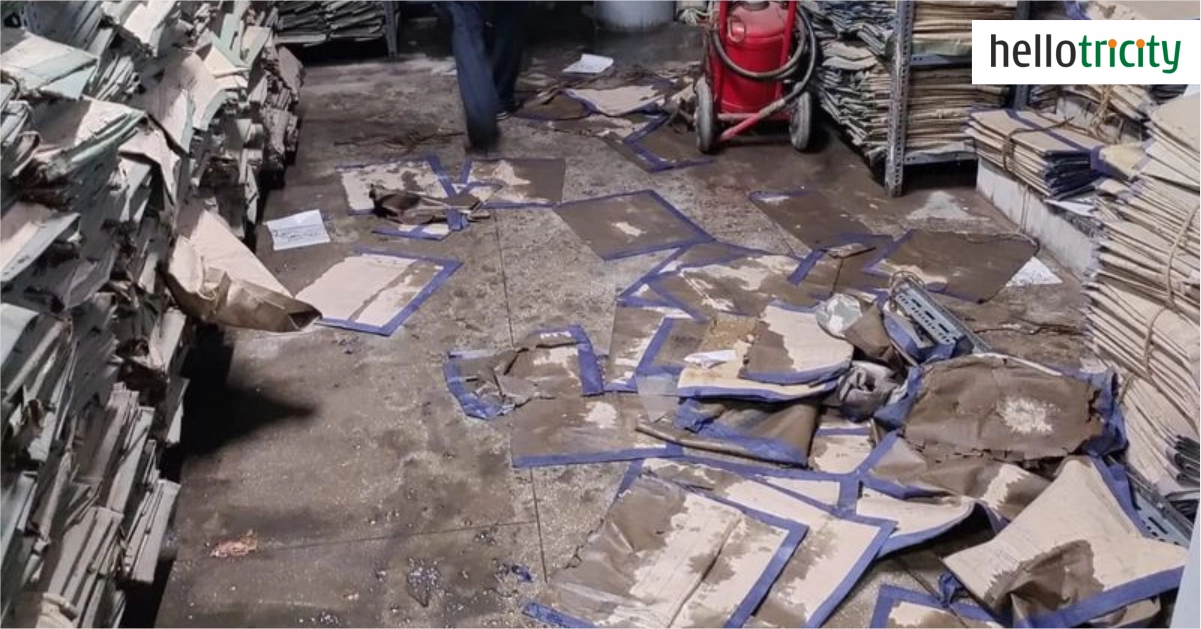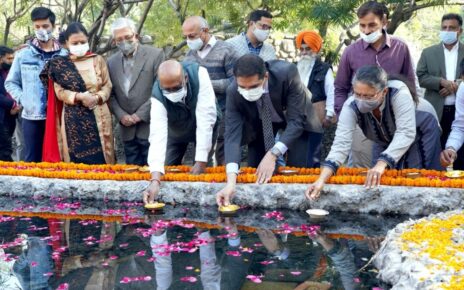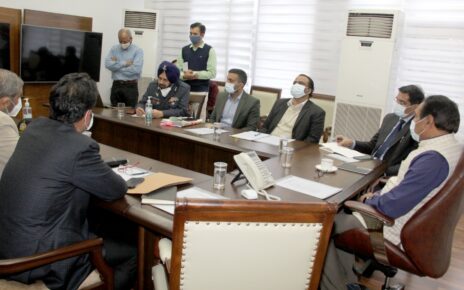The recent flooding of the Punjab and Haryana High Court’s record room in Sector 17 has laid bare the long-standing infrastructural issues that have been neglected by the Union Territory (UT) authorities. The incident occurred on August 11, when heavy rainfall led to significant flooding and sewage backflow, submerging more than 20 lakh case files and damaging decades’ worth of vital legal documents.
This catastrophic event highlights a critical situation that had been documented months earlier. In a meeting held on February 15, chaired by Justice Deepak Sibal, Chairman of the High Court Building Committee, officials recognised severe space constraints affecting both the High Court and the District Courts Complex. Despite acknowledging the urgent need for remedial action, the UT authorities failed to implement any effective solutions over the following six months, ultimately resulting in the disaster.
An inspection report discussed during the February meeting described the conditions of the High Court Extension Building as “pathetic” and “inhuman.” Overloaded with judicial records, the facility lacked proper storage, leading to files being placed on floors and in stairwells, with ventilation systems blocked by dust and debris.
On August 10, as rainwater and sewage inundated the basement, court staff faced a chaotic scene, with knee-deep water obstructing their efforts to salvage soaked files. They formed human chains to transport the drenched documents to safer areas, but the situation proved challenging as the weight of the waterlogged records made each movement difficult.
The High Court has been addressing the issue of expansion since 2013, with ongoing public interest litigation aimed at securing additional space. Recently, the court chastised the UT Administration for neglecting the land allotment necessary for the court’s expansion while prioritising the establishment of other government facilities, such as the new Deputy Commissioner Office in Sector 17.
Following the flooding, the High Court has expedited the hearing of petitions concerning its expansion plans, including a significant petition from the Punjab and Haryana High Court Bar Association filed in 2013. The court has demanded an affidavit from the UT Administrator’s Adviser detailing expenditures on the new Secretariat building, as well as information regarding unused spaces in the old Secretariat building in Sector 9 compared to High Court footfall.
As the High Court grapples with the aftermath of the flooding, the event serves as a stark reminder of the urgent need for infrastructural improvements to safeguard crucial legal documents and ensure the proper functioning of the judiciary in Chandigarh.




